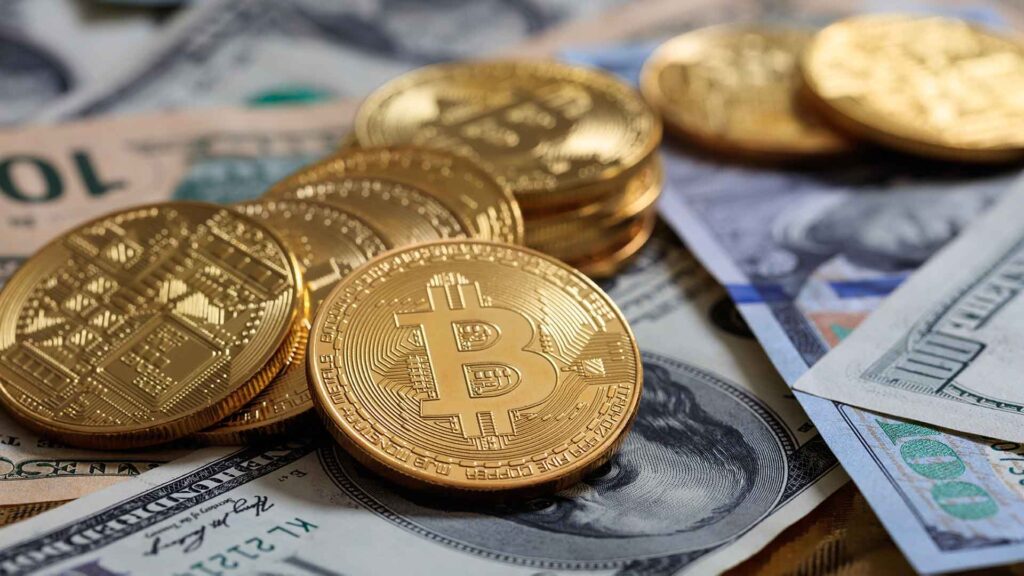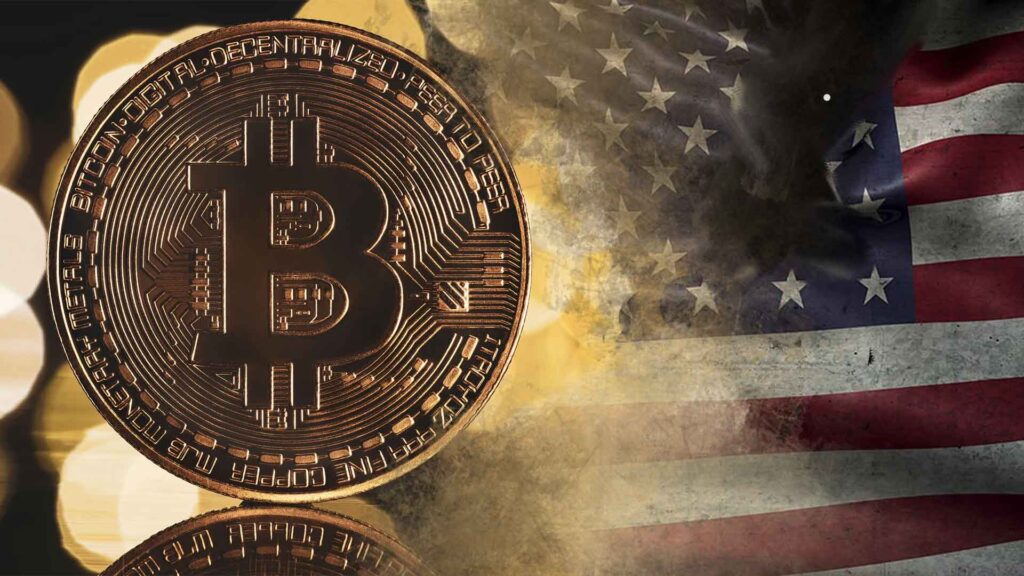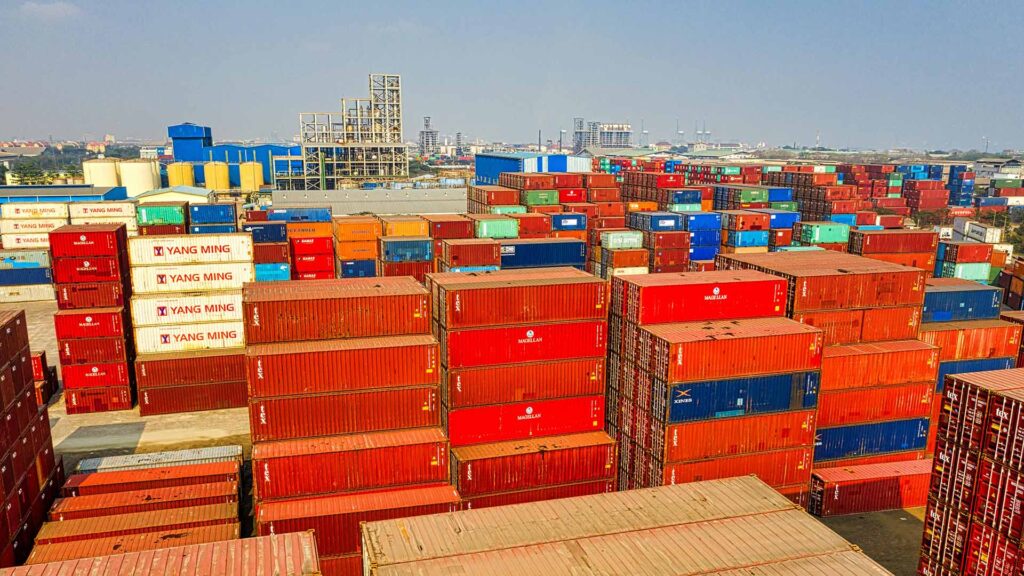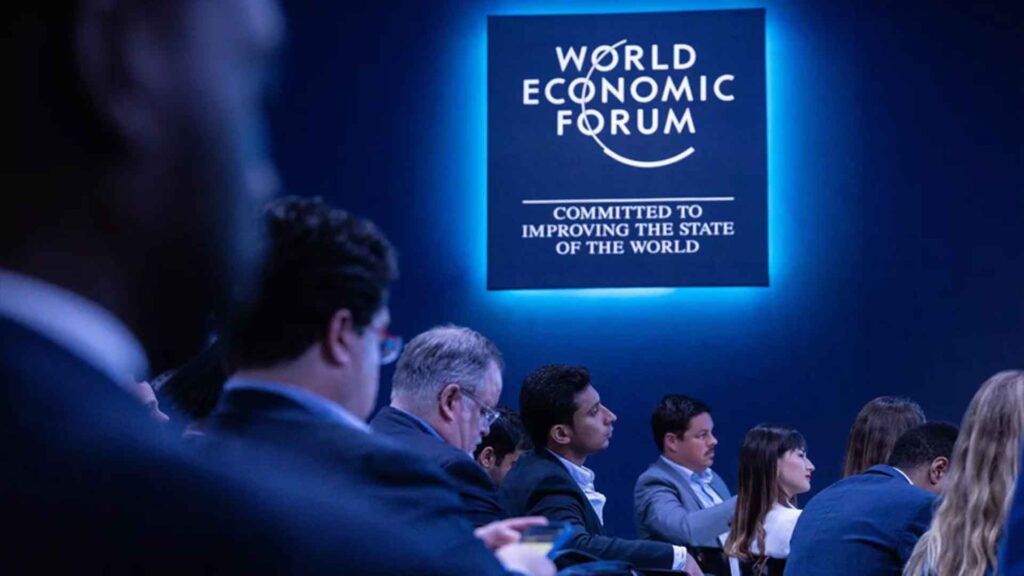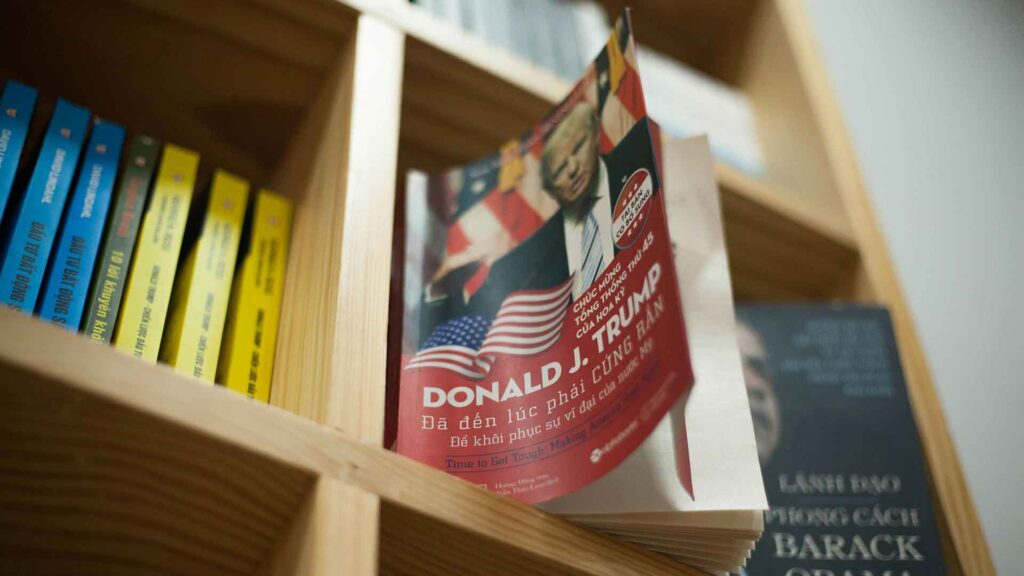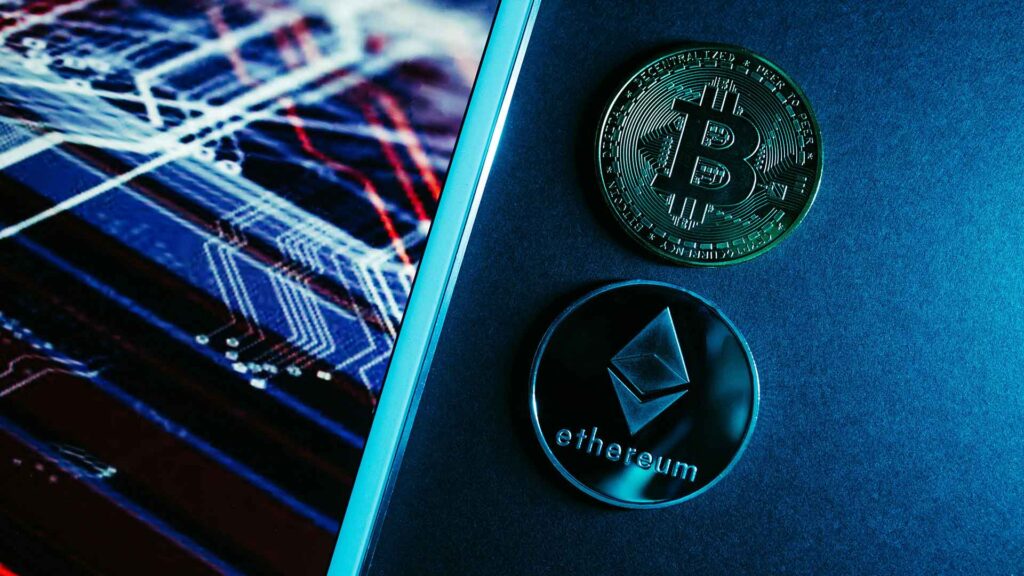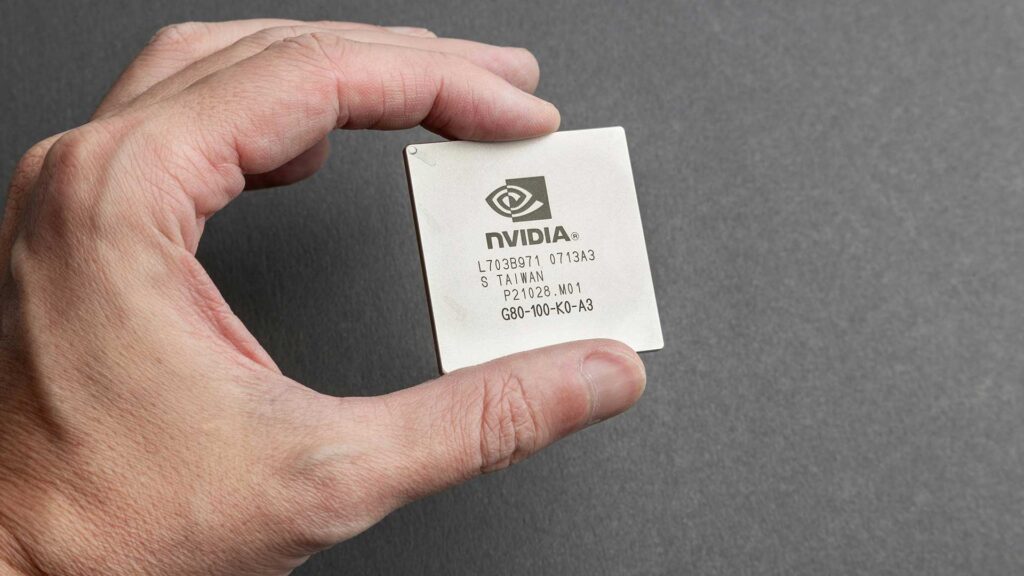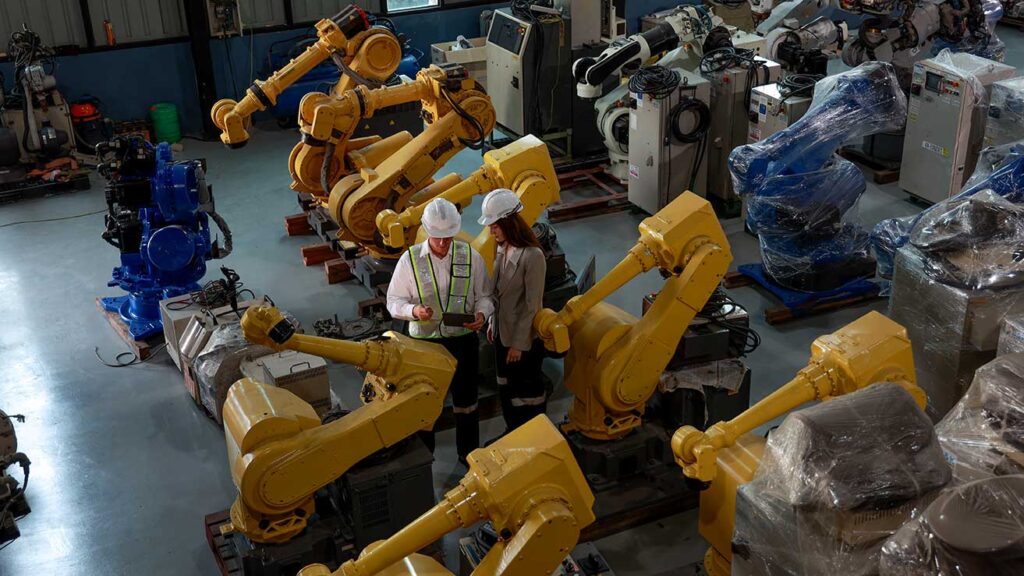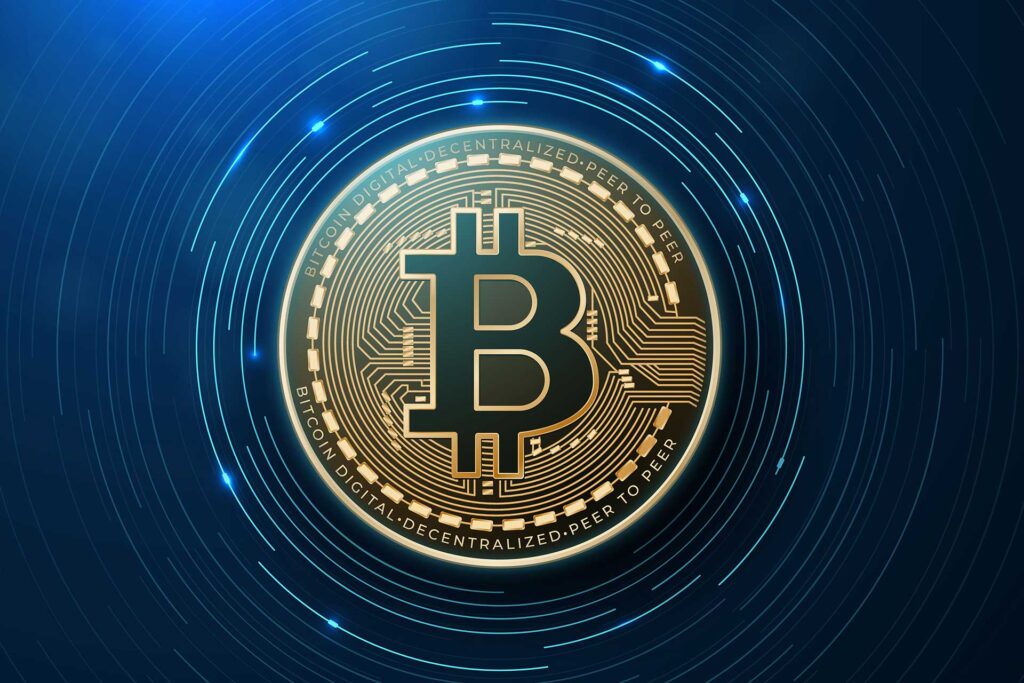Stablecoins and the Financial Future: Bridging Web 3.0, Blockchain, and Fiat Currency
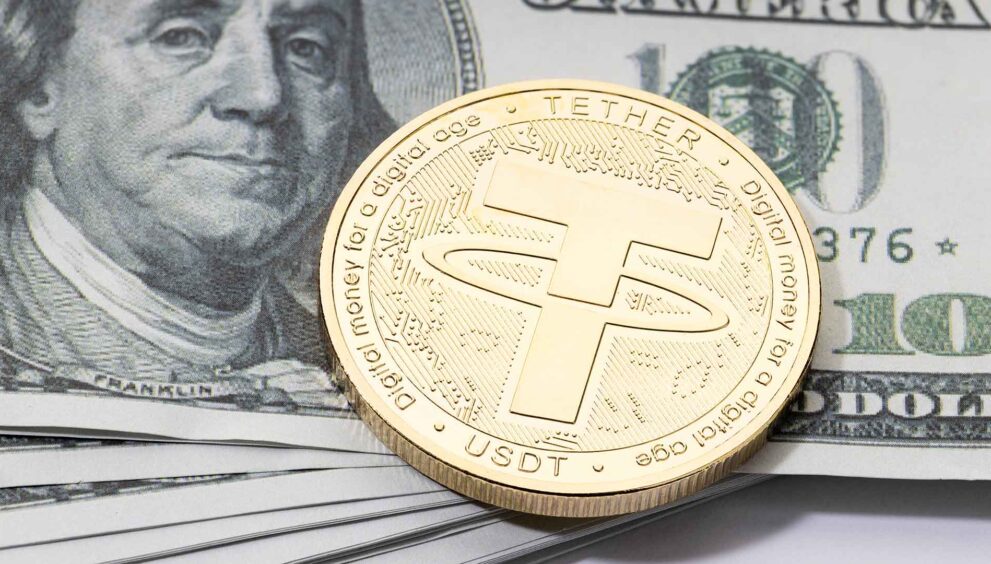
Stable coins are no longer just a niche innovation within the crypto world—they sit at the epicenter of a global financial transformation. As digital economies evolve and decentralized ecosystems mature, stable coins are emerging as a crucial link between traditional fiat currencies and the future of money. Their integration with Web 3.0, blockchain networks, and even conventional financial institutions is reshaping how we think about transactions, value, and economic participation. Here’s how stablecoins are driving this shift—and what it means for the future of finance.
1. The Role of Stablecoins in Web 3.0 and Blockchain
In the context of Web 3.0—a decentralized internet built on blockchain—stablecoins provide a much-needed anchor of stability. Unlike highly volatile cryptocurrencies like Bitcoin or Ethereum, stablecoins are pegged to real-world assets such as the U.S. dollar or the euro. This makes them a reliable medium of exchange within decentralized finance (DeFi) applications and platforms.
Acting as a bridge between traditional finance and blockchain technology, stablecoins enable seamless, low-cost, and near-instant transactions. They power smart contracts and decentralized applications (dApps), facilitating everything from lending and borrowing to automated trading. This stability, combined with blockchain’s transparency and security, is helping stablecoins become foundational to the Web 3.0 economy.
2. Implications of Bitcoin, Ethereum, and XRP
While stablecoins operate in their own space, they coexist and interact with major cryptocurrencies like Bitcoin, Ethereum, and XRP in meaningful ways:
- Bitcoin remains the flagship of decentralized digital value. Though not stable, it serves as a long-term store of value and a benchmark for the entire crypto ecosystem. Its scarcity and decentralized nature complement the transactional utility of stablecoins.
- Ethereum is the technological backbone for many stablecoins. Its robust smart contract infrastructure has allowed stablecoins like USDC and DAI to thrive in DeFi platforms. As Ethereum transitions to more scalable models, its synergy with stablecoins is likely to deepen.
- XRP, developed by Ripple, is engineered for fast, low-cost international payments. It offers a centralized alternative to stablecoins in cross-border remittances and directly competes in the same market niche. Unlike stablecoins pegged to fiat, XRP’s value fluctuates, but its utility in settlements remains strong.
3. Mass Adoption of Stablecoins
What was once an experimental concept has now entered the financial mainstream. Stablecoin transaction volumes have exceeded those of Visa and Mastercard, underscoring their growing relevance. Major financial institutions, including banks and payment processors, are integrating stablecoins to streamline transactions and improve liquidity.
The increasing interest from institutional investors and corporations is further legitimizing stablecoins. Regulatory frameworks are beginning to solidify, offering clearer guidance on how stablecoins can be issued, backed, and audited. This clarity is crucial for mass adoption and long-term viability.
4. The Future of Fiat Currency
Stablecoins raise profound questions about the future of traditional fiat currencies. With growing concerns over inflation, debt, and central bank interventions, people are exploring alternatives to holding government-issued money. While fiat is unlikely to disappear overnight, its monopoly as a medium of exchange and store of value is being seriously challenged.
In response, central banks are exploring their own digital alternatives: Central Bank Digital Currencies (CBDCs). These digital versions of fiat aim to combine the stability of traditional money with the efficiency of blockchain technology. Whether CBDCs will complement or compete with private stablecoins remains an open question—but either way, the monetary landscape is evolving rapidly.
5. Impact on the Common Citizen
Perhaps the most transformative aspect of stablecoins lies in their potential to democratize finance. For the unbanked and underbanked populations, stablecoins offer access to global digital payments with just a smartphone and internet connection. They significantly lower the cost and time of remittances—an economic lifeline for millions in developing nations.
Stablecoins also serve as a hedge against local currency devaluation, providing individuals in unstable economies with a safer and more reliable store of value. In an increasingly interconnected world, they offer financial inclusion, empowerment, and flexibility previously unavailable to much of the global population.

Conclusion: Stablecoins as Catalysts of Change
Stablecoins are more than a technological convenience—they are a cornerstone of the financial future. At the intersection of blockchain innovation, traditional finance, and real-world utility, they are shaping a new paradigm where digital and fiat systems coexist, compete, and ultimately converge.
As we move deeper into the age of Web 3.0, the role of stablecoins will only grow more prominent. Whether through everyday transactions, global remittances, or automated DeFi applications, stablecoins are redefining what money means in a decentralized, digital-first world.


 English
English 


